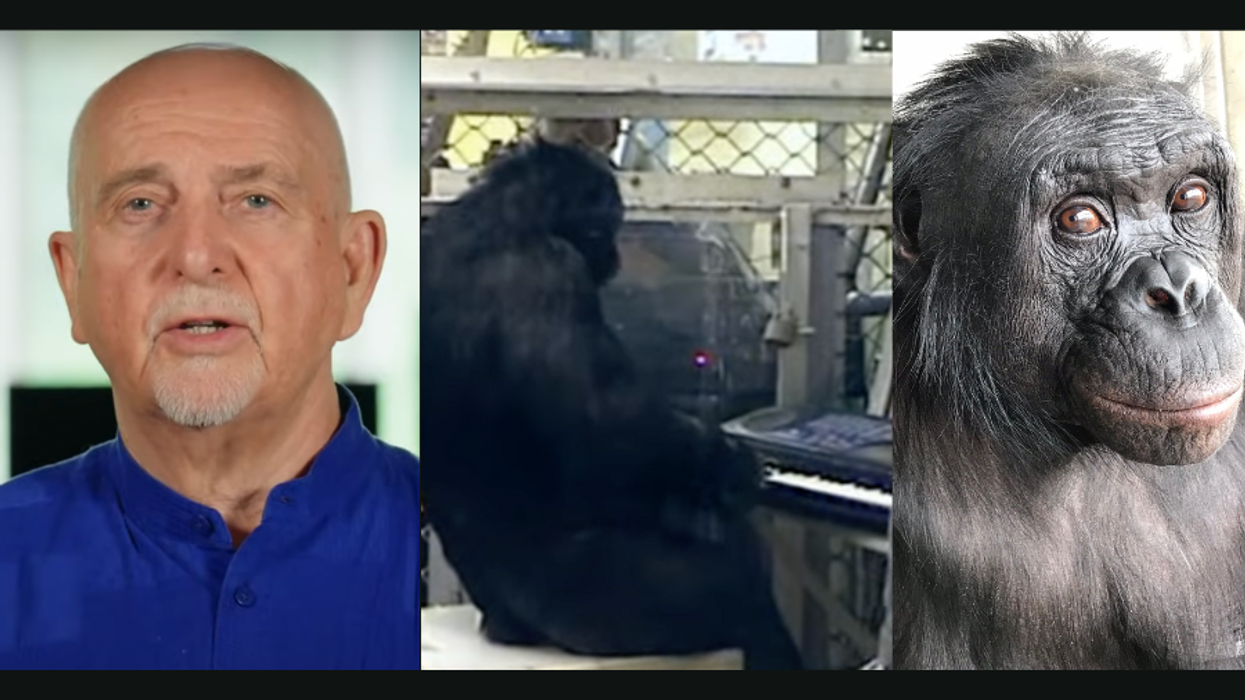Pop-up installations have become de riguer for the art world in recent years, setting an almost impossibly high bar for innovation. One creator, however, is challenging audiences to think bigger in terms of the medium—and much more rural. Each year Maxim Holland, an artist, curator and the originator of Tambo Films—Peru’s leading production service company, which frequently works on regional fixing for Discovery, National Geographic, and the BBC—chooses a new destination for his mysterious HAWAPI events. These independent happenings take artists and other cultural players deep into remote Peru to create site-specific projects in “challenging locations” that have been adversely effected by social, political, or environmental issues, and to create new and vibrant works. According to Holland: “Unlike Colombia or Argentina, in Peru the only city with any art scene is Lima.” This frustration caused him to look outside the capital for new ways to produce work, spurring the annual HAWAPI 10-day residency. In the past, artists have created public murals, performances, and installations in collaboration with the local community, later creating an exhibition to showcase these works. The projects, most importantly, give viewers a rare glimpse into Peruvian societies for the most part largely off-the-grid.
HAWAPI was founded in 2012 by Holland as a response to his disillusionment with the formal gallery and street art worlds. “For years I was interested in art, often guerrilla or street, outside of Lima,” he says. “By 2012 [street art] had started to become this sort of fan-boy culture, where artists just traveled from cool city to cool city, painting murals in the gentrified neighborhoods. The original idea was to shake that up.” Word started to get out regarding Holland’s plans, and more artists signed on. Since 2012, HAWAPI residencies have been held in three locations: Cerro de Pasco, a heavily scarred, polluted and remote mining city in the Peruvian Andes; Pisco, a coastal city still struggling to recover from Peru’s largest earthquake in 2005; and Pariacaca, a rapidly dissipating glacier that brought global attention to the effects of climate change on South America.
“Cerro de Pasco was unlike any other city I've ever been to,” says Holland of his inaugural destination. “It had a very long mining history, since pre-Colombian times. But in the 1970’s American companies began open-pit mining. Now the city has grown into an open-air mineral-mine, with a pit right in the middle of town,” he continues. “Slowly the community is being pushed out into the hills to make room for the expanding mine.” As a result of this socially irresponsible mining there are “huge piles of mine waste literally sitting in people's back yards,” and numerous serious societal and environmental hazards have been wreaked on the area. HAWAPI, with its immersive projects and documentation, hopes to shine a light on the hope and potential behind these jarring topographies.
This year’s HAWAPI was held in the region of Huaypetue, Madre de Dios—known for both its hard-to-reach location and controversial past. Located deep in the Amazon jungle, Huaypetue has been the locus of a recent surge in illegal gold mining. Over the past decade, as international gold prices have more than tripled, Peru, as Latin America’s largest producer, has seen an uptick in mining--both the formal and “informal”. In recent years the Peruvian government has somewhat half-heartedly attempted to reign in the estimated 30,000 illegal mining operations in Peru, which have caused vast environmental degradation. The problem continues to grow at an alarming rate, and average citizens feel powerless to stop it.
The migrant worker surge has also given Huepetuhe the fastest growing population in Peru, leading to clashes between newer residents and indigenous communities. The illegal and secretive nature of the industry has also brought with it an increase in black market and sex trade, corruption and violent crime. The largest damage, however, has been to the local ecosystem: According to HAWAPI press materials, the mining from 2008-2012 alone resulted in the deforestation of over 50,000 hectares of Peruvian Amazonian jungle. The chemicals and “disruptive methods” employed in mining have so severely devastated several areas that it has effectively created an inland desert devoid of life that’s so large it can be seen from space.
These issues are well-known, and topics of great discord in the region. As a result, HAWAPI chose to focus its work on social issues affecting the town and its economic systems—and how to fix them through art. During HAWAPI 2015, the team (in conjunction with the town) created a space for locals to meet, get involved, and “envisage models for cultural activity that can be implemented in their community.” At the end of the project it handed over the project and documentation to the local community to use as it pleased.
Unfortunately, due to strong suspicion among the local population towards photography, the group was unable to bring cameras to document their work. “Basically, we were dealing with a community that was in a conflict zone situation with the government,” explains Holland. “Last year they went through a pretty traumatic event wherein the government basically came in and bombed the [illegal] mining equipment and machinery, and there was tear gas in the streets. It was out of nowhere.” Holland found a population that was wary of strangers, and the dangers they might bring. “It was a very tough environment to work in. One of the things we realized really early on was that taking lots of photographs and video was not going to be an option. Many of the photos that have made it into international media, international press, have had a direct effect on [the community]. They are portrayed in a negative light.” Instead, the group was accompanied by two courtroom sketch artists, the results to be displayed in a gallery show this fall—the exact date yet to be announced.
For more information on HAWAPI’s upcoming exhibition and programming, please visit HAWAPI.org.













